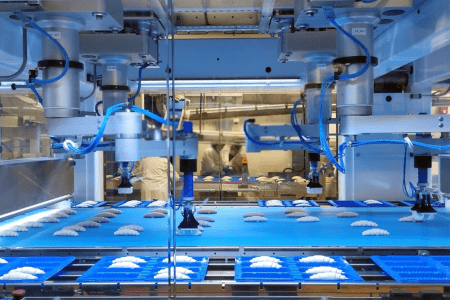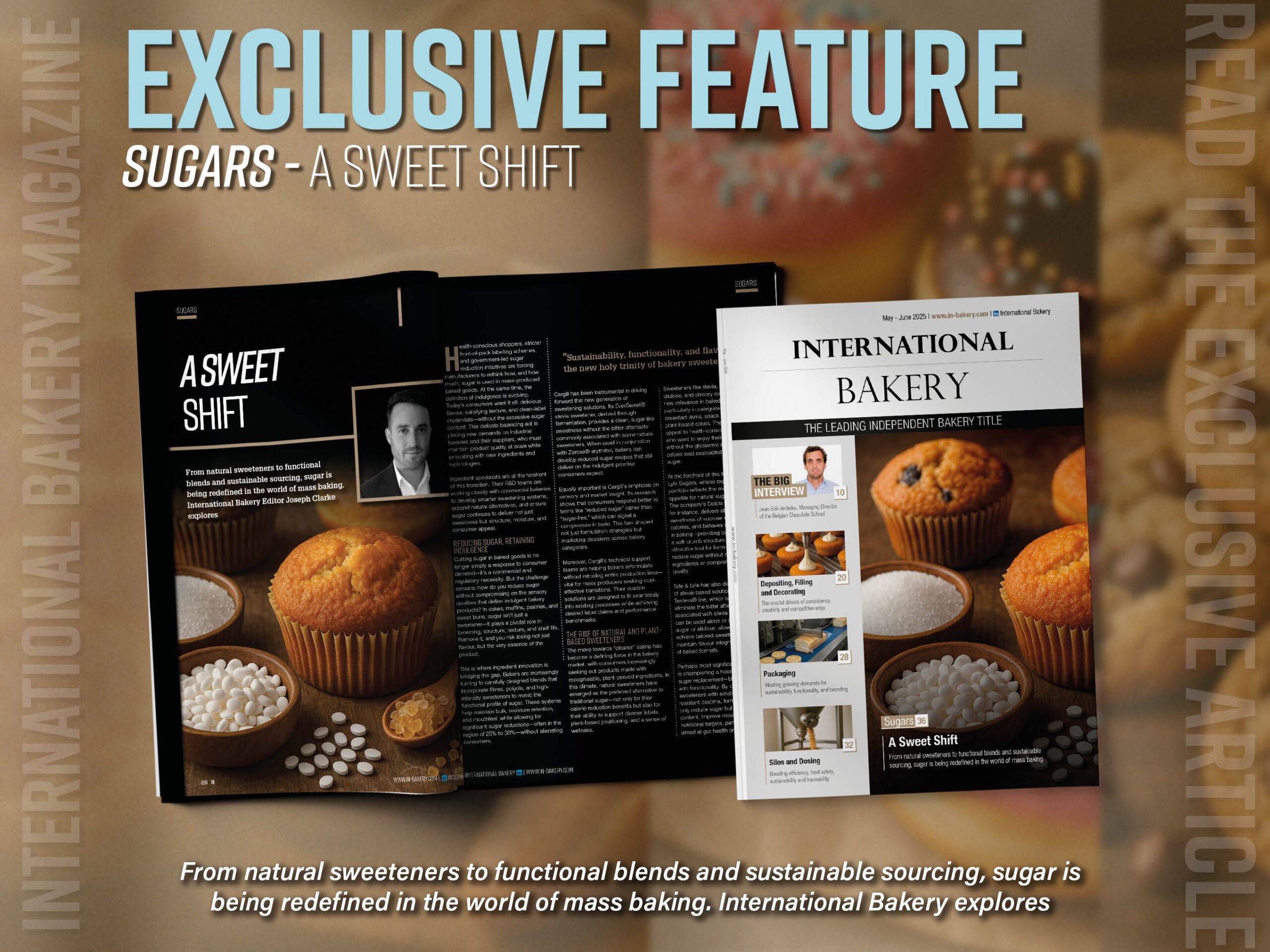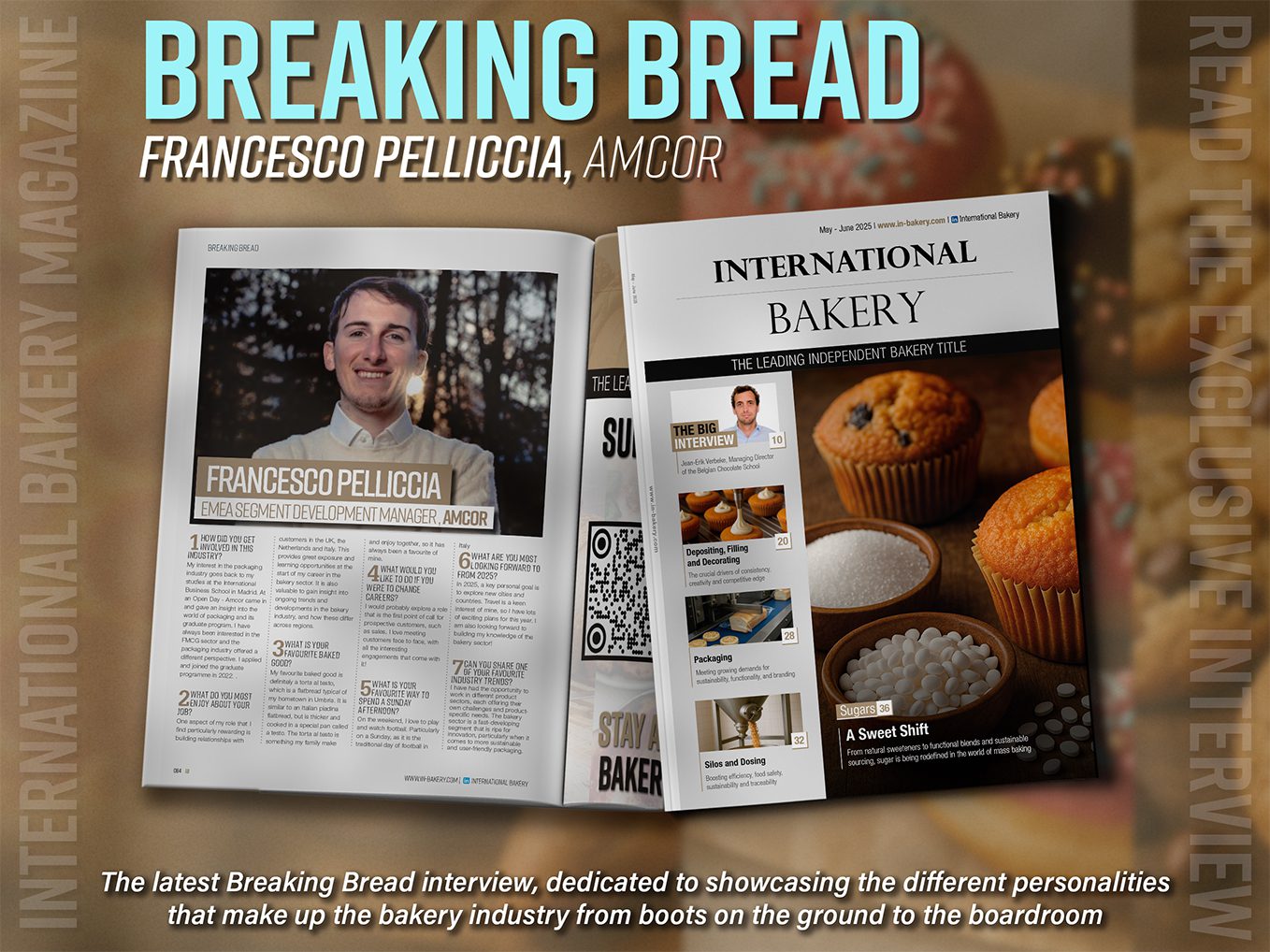Editor Caitlin Gittins investigates how vision inspection systems, AI algorithms and thermal profilers all fit in within bakery manufacturing
The application of tools such as inspection equipment including X-ray and thermal profilers demonstrate just how important quality control and product uniformity is becoming to manufacturers; particularly when standing out on the supermarket shelf is becoming crucial. Evenly cut tart slices or lemon meringue with toppings; whatever the product application, there are challenges for the bakery manufacturer along the way. The integration of these tools is becoming more commonplace, and the best equipment will ensure product quality as well as OEE.
Product variety can equal challenges
The sheer variety of products and applications within the bakery industry presents particular challenges in maintaining quality control in a production line. According to Dr. Richard Parnee, Co-Founder of Sapphire Inspection Systems, this can include a tart in its scope, as an application that has special requirements.
“Cutting a tart into equal slices at the rate of 200 tarts per minute on the production line is a challenge for any bakery manufacturer,” he said. “Add to that the task of making sure fragile toppings, such as the meringue on lemon meringue pies are not damaged – and that each tarte au framboise on the production line has enough raspberries on the top – and it’s clear that the latest of inspection technology can play a key role on the factory floor.”
What drives the importance of inspection and monitoring on the production line is how the final product will turn out. As Dr Parnee stressed, the final product that reaches the consumer will be assessed accordingly, and products that don’t meet indications of quality and good taste won’t be picked: “The stakes are high as many bakery products are high-quality items, often in transparent packaging which allows the consumer to see the item – damaged and non-uniform products will be left on the supermarket shelf,” he said. “This not only adds to food waste but also results in the cost and disruption of dealing with the issue.”
Common challenges that face inspection equipment include detecting foreign objects. “It is an established technique on the production line,” said Dr. Parnee. “It is based on being able to detect material that is substantially denser (higher in atomic number) than the food matrix.” As illustrated by cutting a tart into equal slices, however, the inspection equipment must navigate these challenges – it’s not just a question of looking for contrasting densities, Dr. Parnee explained.
“It also requires looking at levels of contrast – the difference between soft fruit and the background filling, for example, as well as the crevices in the surface of a dessert created by the cutting tool. This requires enhanced detection capabilities and higher resolution.”
This can be resolved by employing inspection equipment that can detect these contrasts. “This kind of inspection calls for the detection of differential greyscales in the inspection image, which are considerably smaller…
Read the full feature in our free to download magazine.
Never miss a story… Follow us on:
![]() International Bakery
International Bakery
![]() @int_bakery
@int_bakery
![]() @Bakeryint
@Bakeryint
Media contact
Caitlin Gittins
Editor, International Bakery
Tel: +44 (0) 1622 823 920
Email: editor@in-bakery.com






